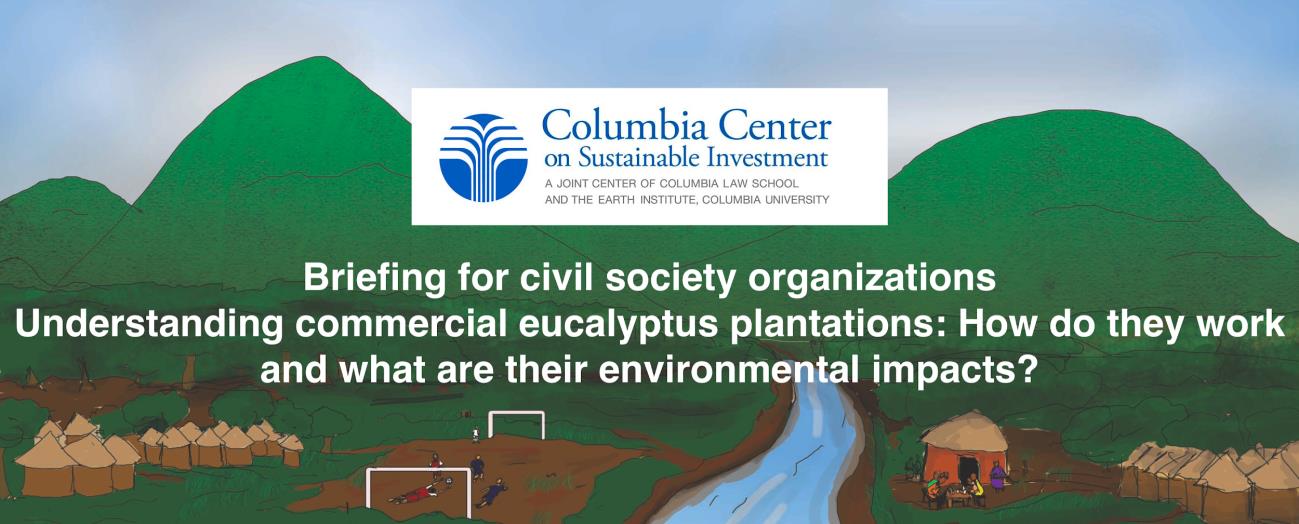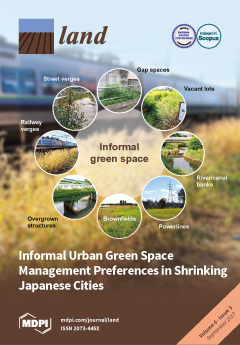CSO Briefing Note for Enviromental Impacts of Eucalyptus Plantations
If a company wants to use a community’s land for eucalyptus plantations, the community should think carefully about whether this is a good idea. Civil society organizations that support communities in interacting with the government or plantation companies can use this briefing document to start to understand the environmental impacts that communities should be aware of.






